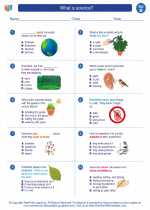Boreal Forest
The boreal forest, also known as taiga, is a biome characterized by its cold climate and coniferous trees. It is the largest terrestrial biome on Earth, covering vast areas of Canada, Russia, Scandinavia, and Alaska.
Climate
The boreal forest experiences long, cold winters and short, mild summers. The average temperature is below freezing for half the year, and the growing season is short.
Flora
Coniferous trees such as spruce, fir, and pine dominate the boreal forest. These trees have adapted to the cold climate with needle-like leaves and conical shape to shed snow. Other vegetation includes lichens, mosses, and small shrubs.
Fauna
The boreal forest is home to a variety of wildlife, including mammals such as moose, caribou, wolves, bears, and lynx. Many bird species, such as owls, woodpeckers, and warblers, also inhabit the forest. The numerous lakes and wetlands in the boreal forest support a diverse range of amphibians, reptiles, and fish.
Human Impact
Human activities, such as logging, mining, and oil extraction, have significantly impacted the boreal forest. Conservation efforts are underway to protect this important biome and its biodiversity.
Study Tips
- Learn to identify common coniferous trees found in the boreal forest.
- Research the adaptations of animals that live in the boreal forest to survive in the cold climate.
- Explore the human impact on the boreal forest and discuss conservation efforts.
◂Science Worksheets and Study Guides Second Grade. What is science?

 Worksheet/Answer key
Worksheet/Answer key
 Worksheet/Answer key
Worksheet/Answer key
 Worksheet/Answer key
Worksheet/Answer key
 Vocabulary/Answer key
Vocabulary/Answer key
